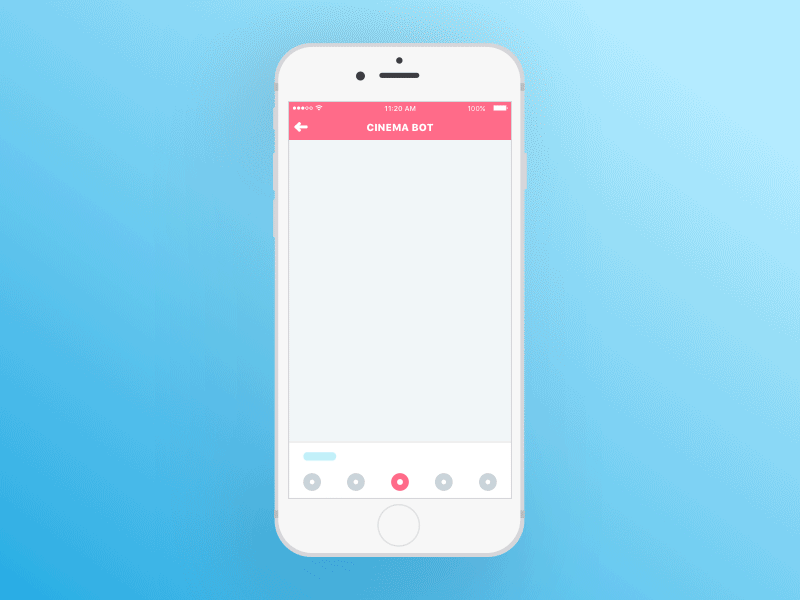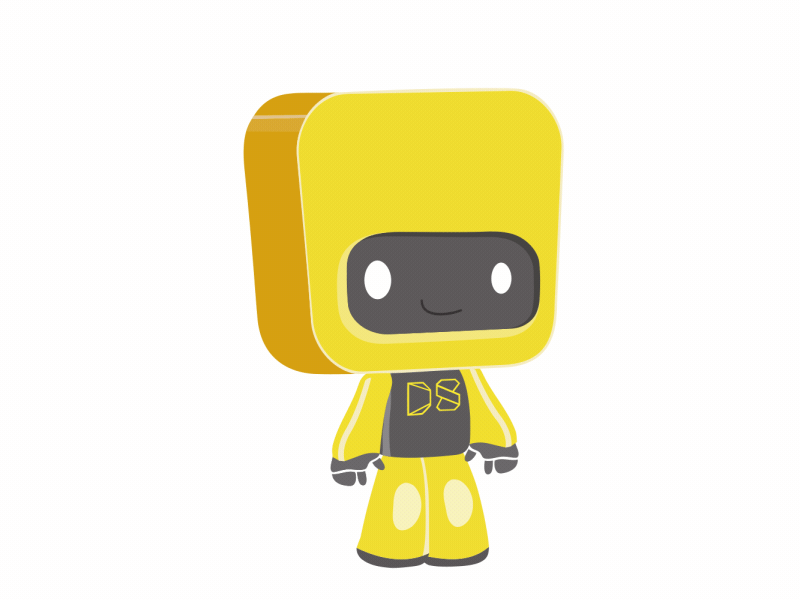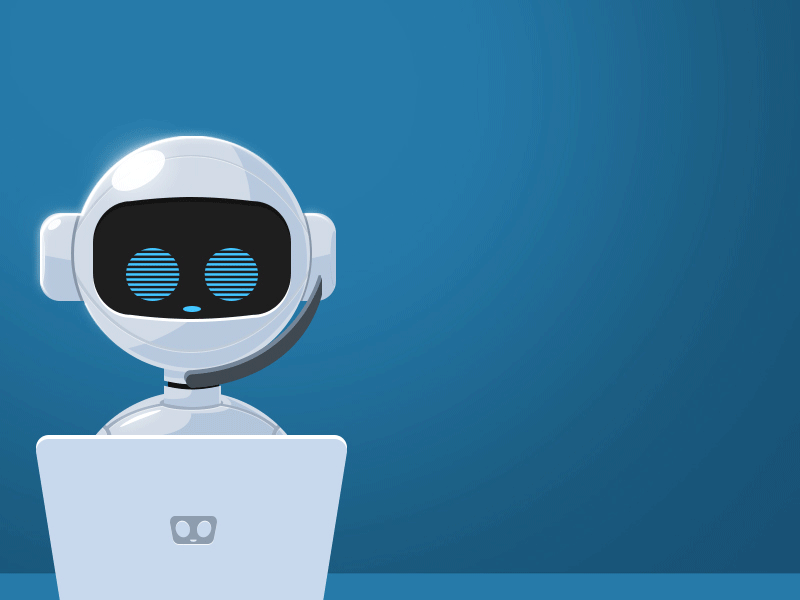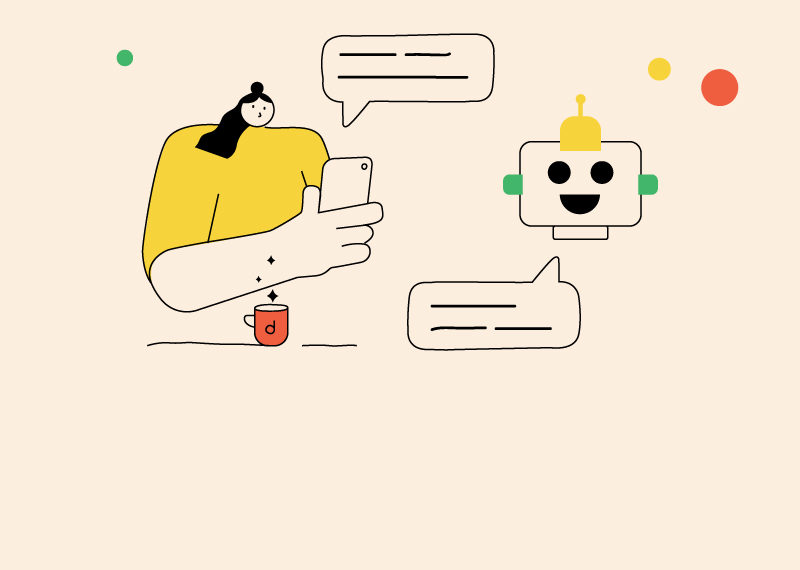A chatbot is an artificial intelligence software that can generate a conversation with a user in natural language. This could be done through messaging, applications, mobile apps, websites and more. To put it differently, chatbots’ main function could be to provide customers of any business size quick and critical answers to the main questions pressed.

Undoubtedly, many more companies are starting to understand chatbots’ importance and value its impact on the future of the customer-business relationship. The strategic and intelligent use of AI, can of course help to effectively engage with your customers, increase sales, and why not, even reduce the number of human resources that could be better used in some other fields but are now in the customer support industry. These bots are designed to perfectly perform vital actions and offer a personalized experience for your users, which render you to save money and time.
If you have made your final decision to get the best of the benefits of chatbots, your next step has to be understanding how it works and finally building your own bot.
Defining A Chatbot’s Intelligence
First of all, it is vital to understand that a chatbot has a specific goal, and autonomously falls under the “sense-think-act” cycle to be able to successfully achieve the given goal. But what does this mean?

In other words, chatbots are agents. Agency is an essential feature of an agent. It can be defined as the ability of an agent to have a specific goal and without particular instructions, that is to say, autonomously proceed towards that goal. In order to be able to find that goal, and transfer it to the bot, first of all, it is important to define the goal of using an AI bot for yourself.

Try to identify the right and best opportunity to develop an AI-driven chatbot. Thinking about situations where 1:1 conversations with potential customers can create barriers to scale can be helpful to find those. You can as well try to think of situations and cases where sales processes, for example, are encumbered with FAQs, or where there are cases to better engage with customers with new products or services in AI-enabled e-commerce or marketplace experience.
Sense:
The very first step of the cycle is sensing. The chatbot has to sense the environment it inhabits to be able to get the required information for executing a task. Fortunately, a chatbot has it easy. It simply has to “listen” to the sentences that you will type into it. On the other hand, the situation would be much more different in the case of building a real robot. In that case, the sensing part would become a real scientific challenge that requires a fusion of state-of-the-art sensors, meaning the robot would be required to have real sensing parts to be able to operate.

Thinking:
The next step of the cycle is thinking. For most purposes, you can refer to the “think” part of the cycle as the meat and potatoes of Artificial Intelligence.
The part itself consists of several other subdivisions:
- Converting the received information into a form to which the machine can reason about
- Storing this information in the knowledge base of the agent, enabling it to reason about it
- Updating the state of the agent based on the pre-existing knowledge and newly gained knowledge
- Making a decision towards achieving the predefined goal based on all this knowledge
- Converting this decision to an action to be performed by an actuator.

Acting:
Once a decision is made, the “think” part of the cycle steps back and the acting part kicks in. In a chatbot, it is just the process of typing out the sentence the chatbot has decided to say. If it were an audio or video chatbot, acting would have been harder because the problem of intonation and sounding like a human is more complex than typing out a sentence.

Choosing the right platform
Once you’ve identified the way and the process your chatbot works, there are numerous non-coding platforms that will help you to develop your final bot. Below are examples with some of their benefits and disadvantages:

- Chatfuel — You can get features like adding content modules or broadcasting updates to your followers automatically. It also provides information about inside Messenger chats using ‘Typeform’ style inputs.
- Botsify — This platform lets you create bots using a drag and drop template. It provides you with a combination of easy integrations to external plugins, AI and machine learning features to improve the quality of interactions, as well as for analytics.
- Flow XO — The following platform has the highest number of integrations (over 100+). It differs from the other platform with its easy-to-use visual editor with pre-built templates for a quick start.
- Beep Boop — It consolidates an end-to-end developer experience. It is mostly designed to provide the best and easiest way of creating slack bots.
- Bottr — This platform provides you with an option to embed your bot on your website. Through this platform, you can as well add data from a Medium, WordPress, or Wikipedia site for better data coverage.
Other important takeaways:
- Understanding the goals of your customer and your startup: If you want to effectively find out the logic and flow within your chatbot conversation, you have to truly consider and understand the goal of your customers and your business. Ultimately, this goes back to understanding the use case of a chatbot and the primary outcome you want from the conversation.
- Sketching out the logic of your conversation: In order to get there, you, first of all, have to thoroughly analyze previous interactions with customers, or try to sketch out some hypothetical scenarios where you predict what might come up in a conversation and when. Once you are done with analyzing different variations and possibilities of the conversation, sort them into modules or ‘buckets,’ which will eventually help to have the draft of the flow of your conversation. Make edits to those modules whenever needed, and finalize the conversation.
- Testing your chatbot: Finally and most importantly, you need to test the effectiveness of your chatbot interaction in real life. For this, you can select a small group of beta testers, and ask them to interact with the bot for some time. By observing their conversation, you will immediately notice the dead-ends of the conversation flow and will have the opportunity to fill in the gaps and the shortcomings of the overall interaction.



